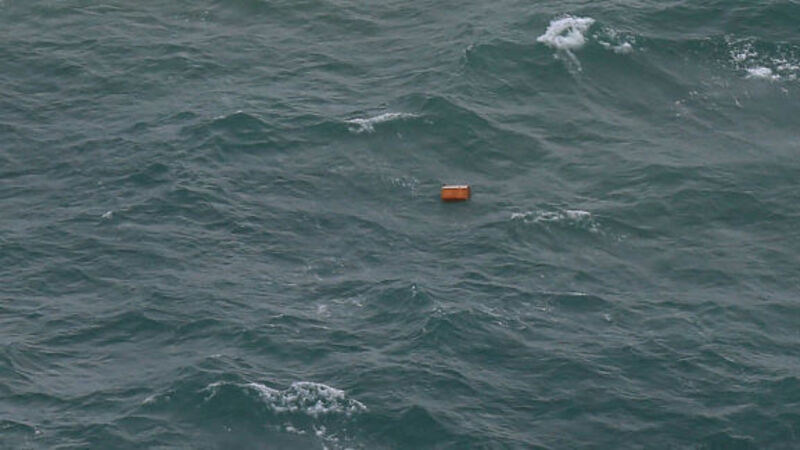Pilot’s removal of circuit breaker caused AirAsia crash in Indonesia that killed 162 people

In releasing their report, the country’s National Transportation Safety Committee said an analysis of Flight 8501’s data recorder showed the rudder control system had sent repeated warnings to the pilots during the December 28 flight from the Indonesian city of Surabaya to Singapore.
Aircraft maintenance records for the Airbus A320 showed that similar problems with the rudder system had occurred 23 times during the year prior to the crash, including nine times in December.














